Bike Perfect Verdict
The Status 140 is an addictively agile, smartly equipped but very affordable trail/park anarchist that proves you don’t need to spend a fortune and have more than six inches of travel to have an absolute blast.
Pros
- +
Attack focused MX geometry
- +
Totally sorted suspension
- +
Short back end responsiveness
- +
Great value, no nonsense spec
- +
Stealth aesthetics
Cons
- -
No internal storage
- -
Needs tougher tires for rocky trails
- -
Not a natural climber
Why trust BikePerfect
As well as producing crazy, aspirational, mountain bike tech, Specialized has a long history of producing awesome, aggressive full-suspension bikes at affordable prices. The Status 140 and Status 160 follow the lead of the original Status freeride/park bike and other classics like the Big Hit DH/park bike and both versions of the Pitch trail bike. This 140mm travel version of the Status might not be as forgiving as its longer travel brother, but it maxes out the disruptor vibe while delivering extremely well-sorted, fun-focused performance at a discount price.
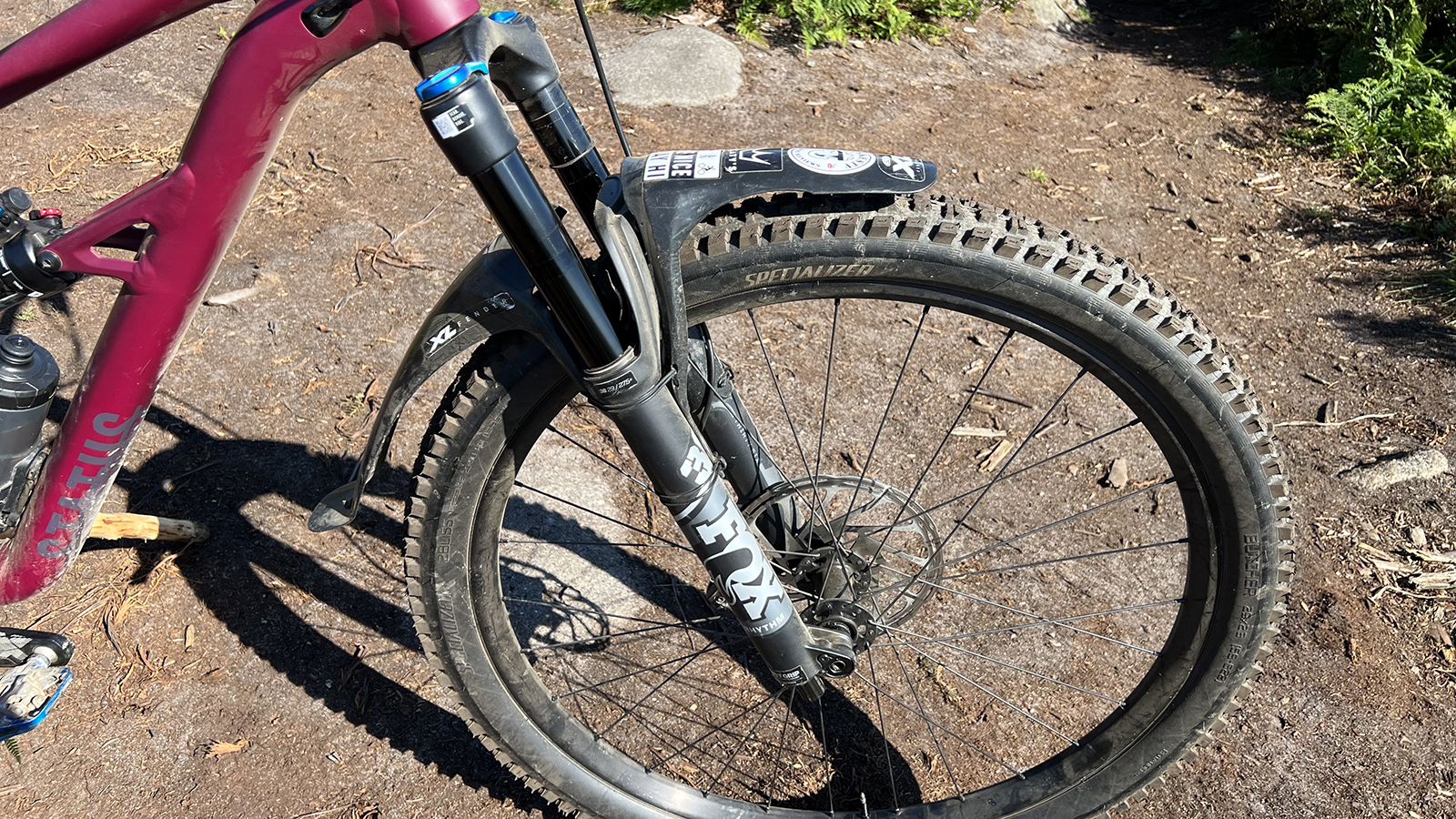
Design and geometry
The frame layout is typical Specialized, complete with 4-bar chainstay pivot ‘Horst linkage’ rear end and yoke driven, under top tube shock. The yoke is machined and the whole frame is clean and well finished and you get a removable 3-bolt ISCG carrier with adjustable chain keeper as standard. In fact, only the relatively simple rubber chain stay protecting suggests that it’s been built with a keener eye on cost.
While it doesn’t get the internal storage or adjustable headset angle system of the Stumpjumper and Stumpjumper Evo, you still get ISCG chain guide mounts and a downtube bottle cage. A switchable, two-piece eccentric rear shock mount gives high and low geometry positions too.
The resulting 63.7 and 64.2 degree head angles are pretty radical for a 140mm bike and the 490mm reach on the S4 size I tested is generous too. In contrast, by using a mullet 27.5in back wheel (with the 29in front), the rear center is kept super short at 426mm. That’s the same on all S1 to S5 sizes though, so the proportional effect will be very different on the smallest and largest bikes. BB is only 333mm off the deck in the low shock setting.
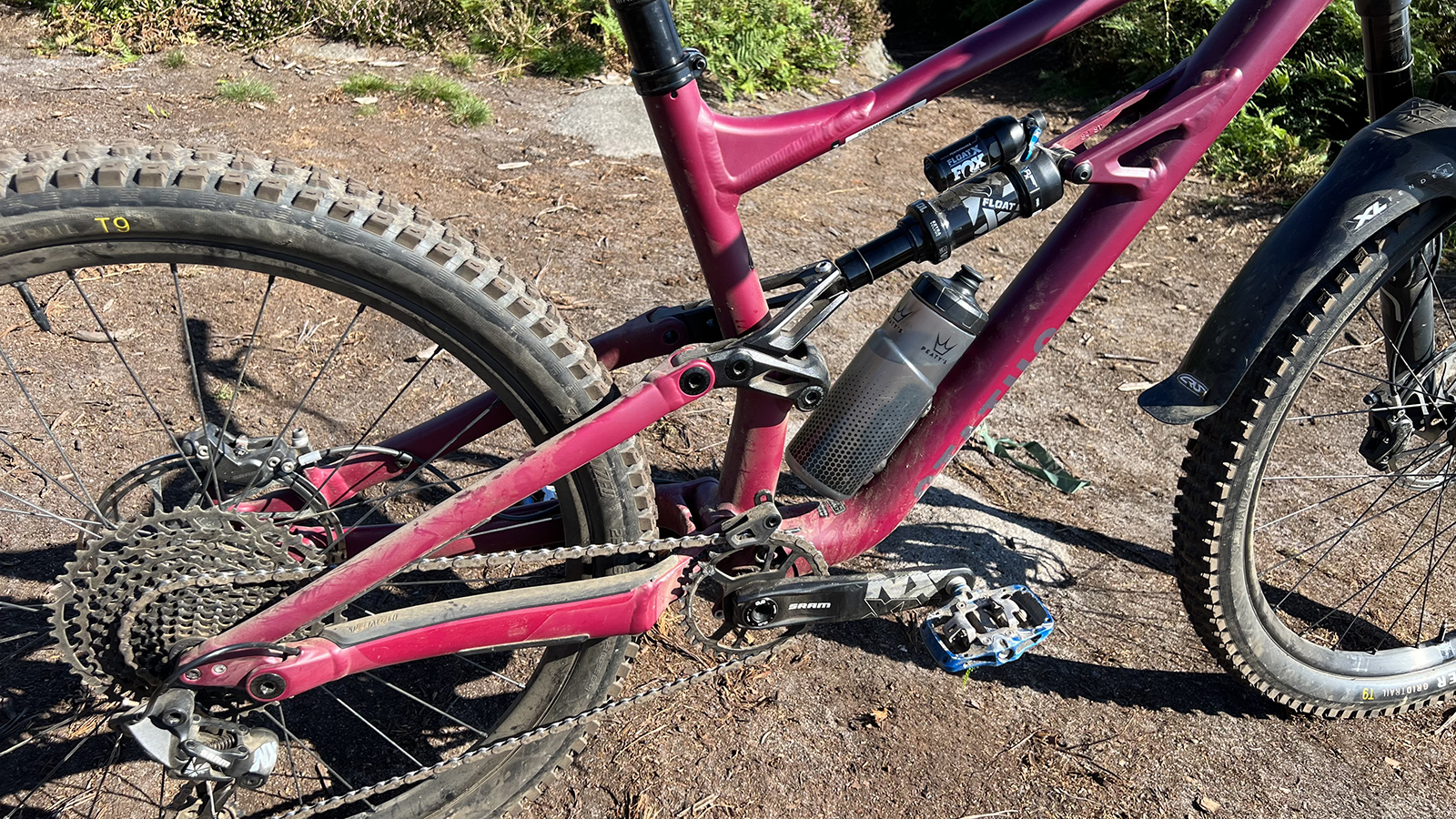
Components and build
Even at the full price of $3,000 / £2,900, the Status 140 was a bargain, but depending where you are, you’re getting an even better deal right now at $2,250 /£1,999 / €3,200. The design team behind Status are clearly proper riders as they’ve spent the money where it matters most in terms of control and connection.
Suspension is Fox with a shortened stroke 36 Rhythm fork up front and a custom 'RX Trail Tuned' Float X Performance shock at the rear. Deity grips are a nice touch for maximum feedback and grip and Specialized’s excellent Butcher T9 tires glue you to the trail in most conditions. They are the lighter Trail carcass though so you might want to upgrade to the DH carcass version on the rear. The Specialized rims have held up well to a whole season of reckless endangerment and the bearings are still running OK.
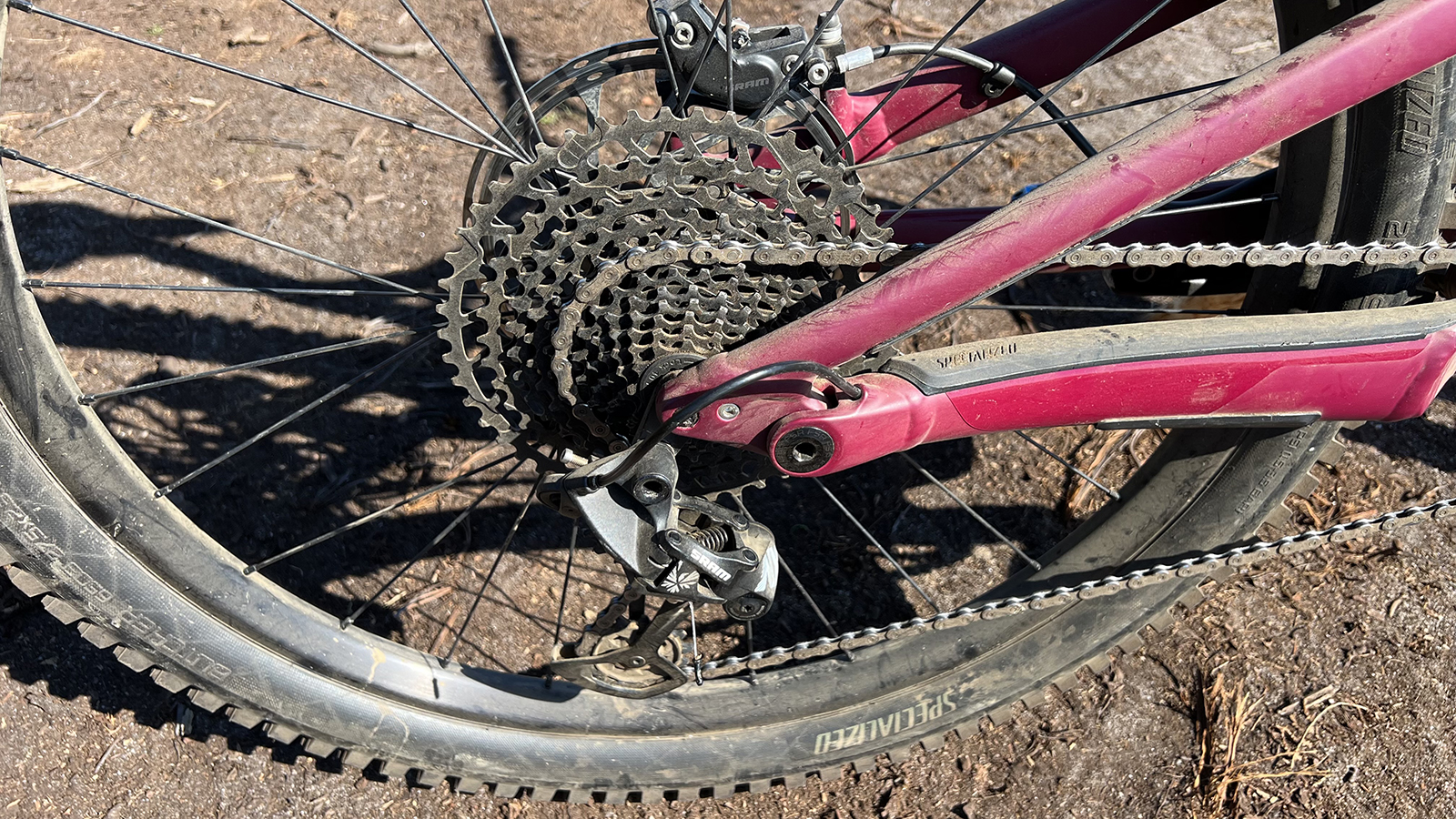
Transmission is SRAM NX which has a clunky shift and a heavy 11-50 tooth cassette compared to the 10-52 tooth range of fancier SRAM options. Replacement costs are relatively low (for SRAM at least) if you deck the rear mech or smash a trigger out of the shifter on a gate gap like I managed on literally the last run of testing. Basic but effective Code R brakes get 200mm rotors each end, so it’s only stupidity not lack of stopping power that will get you into trouble.
X-Fusion’s Manic dropper post is a reliable unit in size specific lengths (S1:125, S2/S3: 150mm, S4/S5: 170mm) and comes with a decent lever – which isn’t always the case on cost-conscious bikes. 800mm bar and 35mm stem are great for maximum power steering leverage and sensitivity, though tree weavers or airtime fans will likely want to chop the bars down.
If you’ve got most of a bike to transfer over, the frame sets are currently a killer deal in the US at $850 (from $1,400). They’re much more expensive in Europe €1,700 (from €2,100) though, and not available in the UK at all.
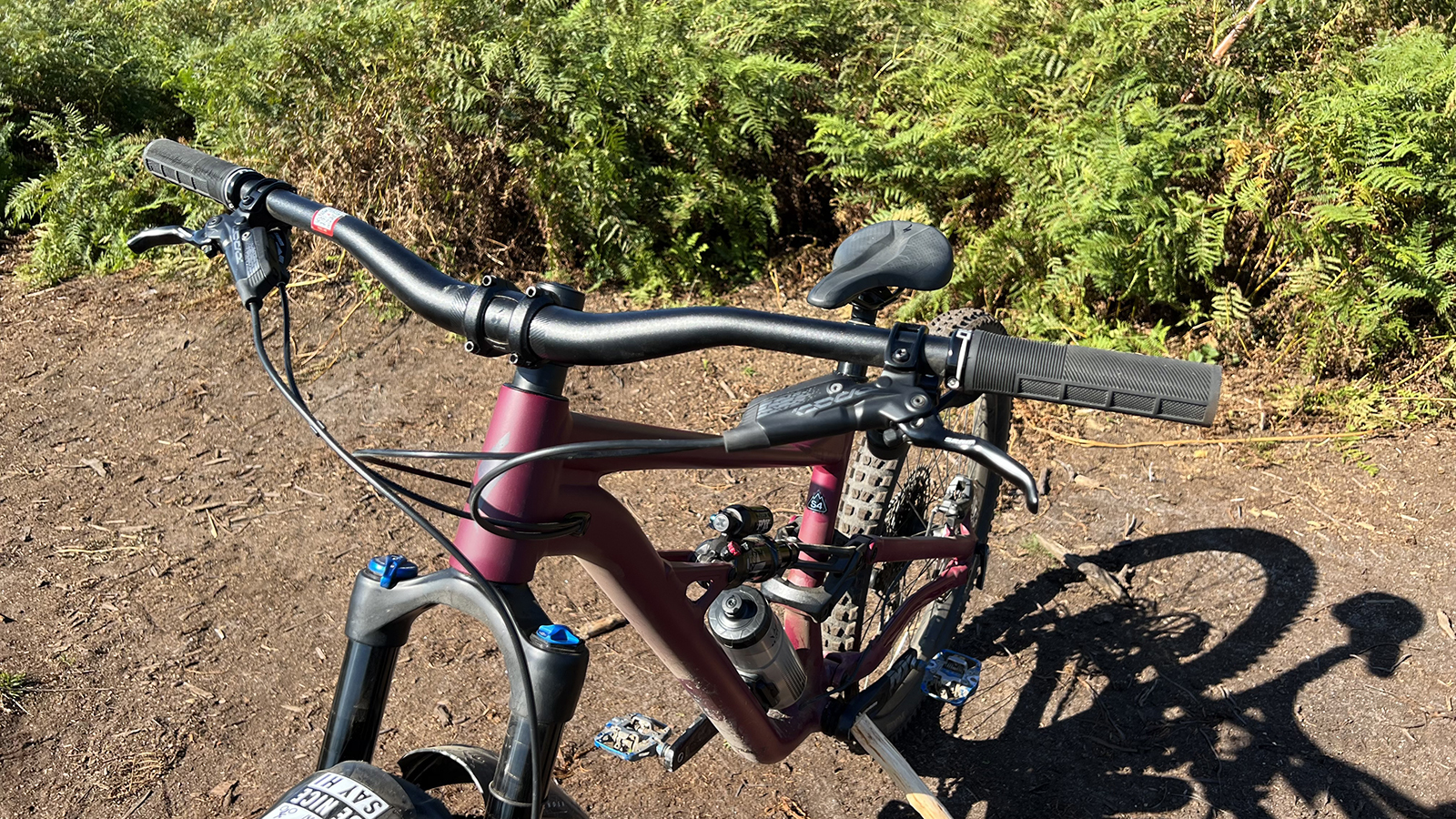
Ride, handling and performance
Between the geometry designed to come in super hard, low, shorter travel for maximum feedback, and gluey traction from grips to the sticky T9 compound tires, you’ve probably formed a picture of how the Status rides. What you might not get is just how much fun (if you class that in terms of instant agility and an addiction to get off the ground and/or sideways wherever possible) the Status 140 is.
With the front wheel way out front and the back end tucked as far underneath you as possible, the basic handling dynamic is as close to one of those kids' skid steer chopper trikes as you’ll get. While there’s no shortage of stability or ‘stick it into turns way harder than seems sane’ confidence at the front, the super-short back end also helps you get the nose off the deck surprisingly easily. Despite what seems some chunky kit and an alloy frame, the Status 'only’ weighs 15.3kg, which is the same as Merida’s carbon-framed One Forty 6000.
The squat back end, with chunky double-sided pivots is properly stiff too, so it’s really easy to exaggerate the natural difference in turning circles and scrub rates of the front and rear wheels and kick or hip it off line like a hero. Even the RX Trail Tune on the shock is pretty tight, so you’re getting more mid-travel support to shove through berms on than typically comfort-focused Specialized FSR bikes. The short stroke fork does really well most of the time too, although more aggressive riders or slam landers will probably want to clip a couple more volume spacers under the air spring top cap to create a more progressive stroke.
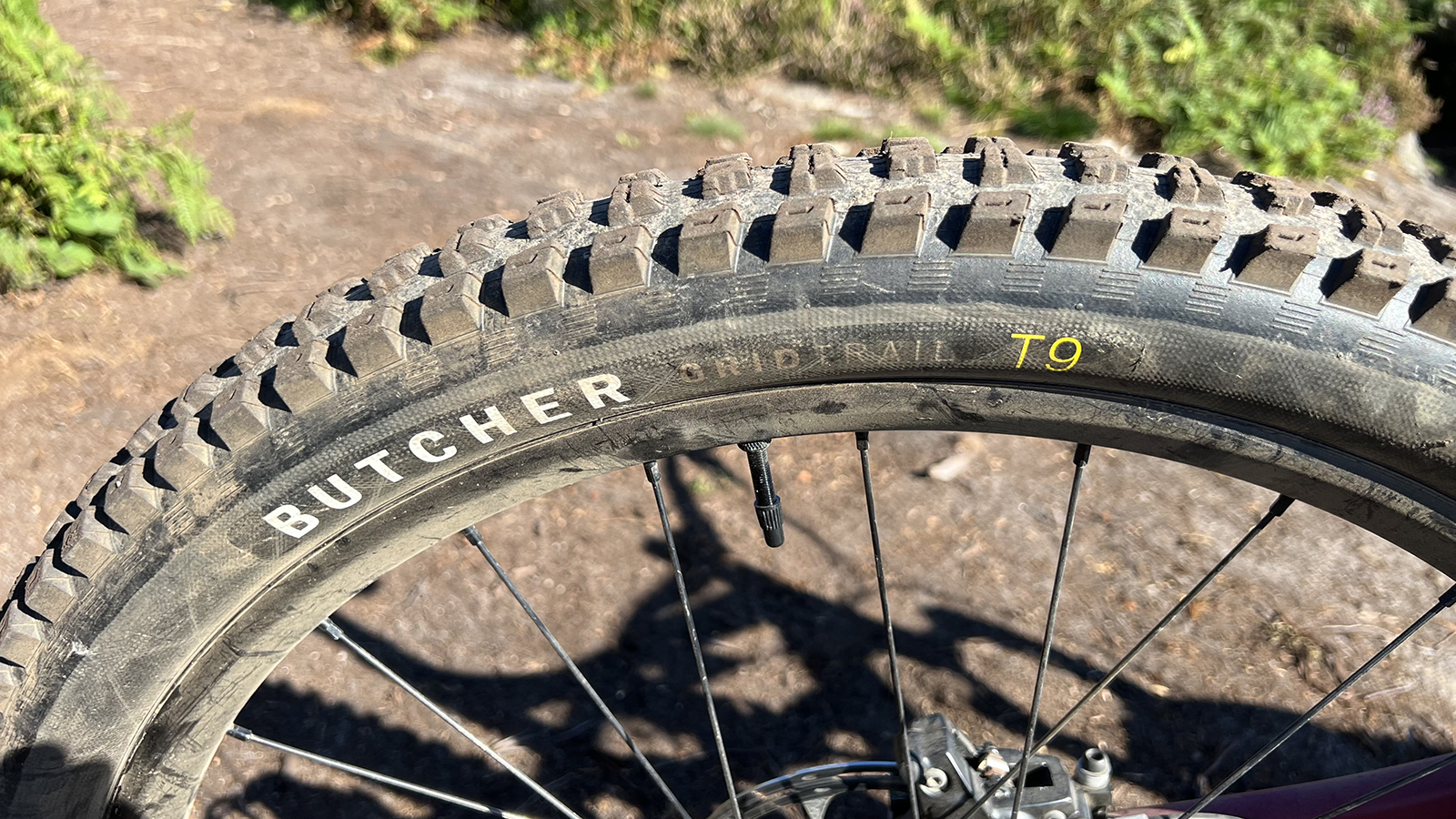
Inevitably there are downsides to such a radical geometry and shock setup approach. It certainly doesn’t smooth out or roll through jank as well as a twin 29er like the Stumpjumper Evo. You’ll feel less than perfect landings and big drops through your wrists, shoulders, neck, knees and ankles more than the Status 160 – which is a more forgiving bike all round but still a lot ‘funner’ than most. While the steep 76-degree seat angle helps get weight forward over the bars on climbs, the front still wanders all over the place on steep sections and the short back end doesn’t grip as well either. A sticky tire MX/mullet setup is always going to be a sweatier, slower prospect when pedaling and you’ll get regular pedal contact on rough or rutted ground in the lower BB setting. If you’re more about cleaning sections than watching the clock, the back end still spins up and over random chunk pretty well compared to bikes with bigger anti squat percentages. In ‘clock’ situations you can flick the ‘firm’ switch across on the shock for a stiffer pedaling feel and that setting works well on really smooth pump and jump trails as well.
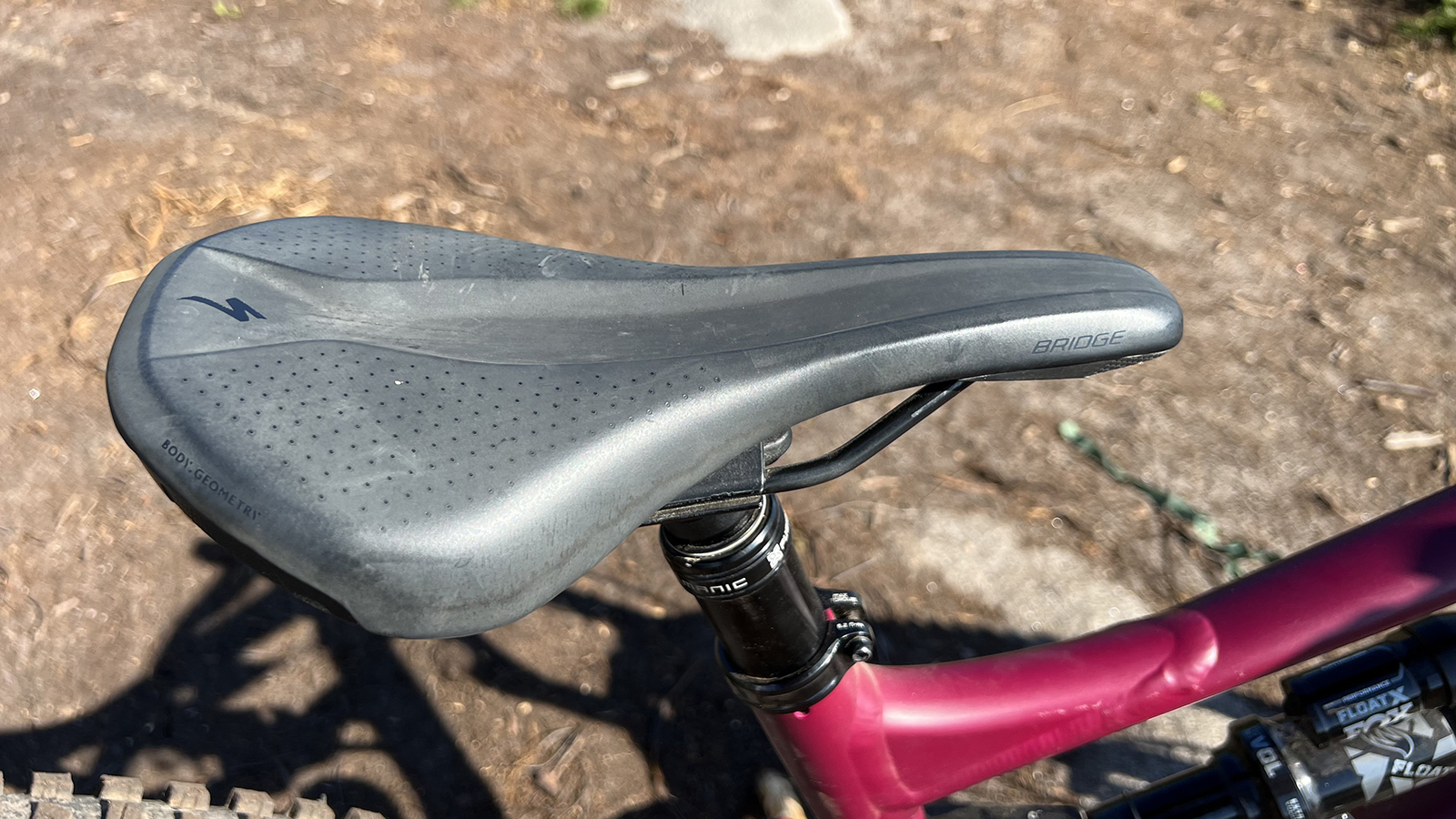
Verdict
Simply put, the Status 140 is one of the most naturally playful, anarchically agile and responsive trail/park bikes I’ve ridden at any price point. If the trails are tight and/or steep with gaps and pops rather than relentless root and rock mess, it’s seriously fast too. Everything from parts pick to stealth aesthetics feels spot on for purpose and the fact you’re looking at as much as 33 percent off the price in some countries makes it an absolute bargain – especially as the frame and suspension are well worth upgrading to a high level.
Just be aware that it climbs with the enthusiasm of a teenager cleaning a bedroom and that the Status 160 gives you more room for error at the expense of the rabid rally feel of the 140.
Test conditions
- Surface: Pretty much everything from grassy field slaloms to kitty litter trail center sketchiness and big bouldery badness
- Weather: Started cold and wet, got warm and wet, had some dry bits, now warm and wet again
- Trails: A full summer of all the fun stuff I could find from blue grade flow trails to double black DH runs and sketchy off piste woodland wildness
Tech specs: Specialized Status 140
- Discipline: Trail/enduro/park
- Price: $3,000 / £1,999 / €3,200
- Head angle: 63.7/64.2 degrees
- Frame material: M5 alloy
- Fork: Fox Float 36 Rhythm, GRIP damper 140mm travel
- Shock: Fox Float X Performance, RX Trail Tune, EVOL Air 140mm travel
- Size: S1, 2, 3, 4 (tested), 5
- Weight: 15.31kg
- Wheel size: 29/27.5in
- Chainset: SRAM NX Eagle, DUB, 170mm chainset with 32T chainring and DUB bottom bracket.
- Rear mech: SRAM NX Eagle, 12-speed
- Shifter: SRAM NX Eagle, 12-speed
- Cassette: SRAM NX Eagle, 12-speed 11-50T
- Brakes: SRAM Code R disc brakes with 200mm rotors
- Tires: Butcher, GRID TRAIL casing, GRIPTON® T9 compound 29x2.3in front and 27.5x2.3in rear tires
- Wheels: Specialized 29, 30mm tubeless ready
- Bars: Specialized, 6061 alloy 800mm
- Grips: Deity, Knuckleduster, Black
- Stem: Alloy Trail Stem, 35mm
- Seatpost: X-Fusion Manic 170mm dropper
- Saddle: Body Geometry Bridge Comp 143mm wide

Guy Kesteven has been working on Bike Perfect since its launch in 2019. He started writing and testing for bike mags in 1996. Since then he’s written several million words about several thousand test bikes and a ridiculous amount of riding gear. He’s also penned a handful of bike-related books and he reviews MTBs over on YouTube.
Current rides: Cervelo ZFS-5, Specialized Chisel, custom Nicolai enduro tandem, Landescape/Swallow custom gravel tandem
Height: 180cm
Weight: 69kg

